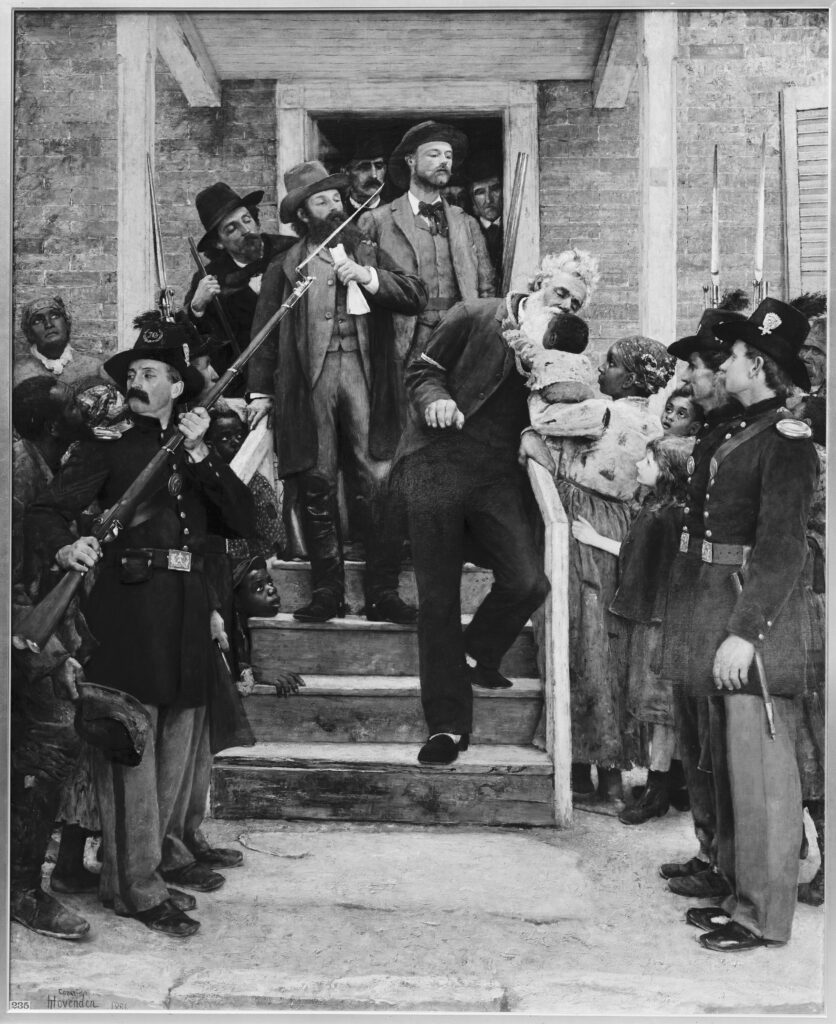Over the course of the class this blog has been used for I believe I have gained the most experience and knowledge in the technology that was used. Before this class I had not heard of zotero or tropy to record sources or keep track of information. In previous classes where I had to collect a handful of sources, I had always just directly put the citation on a page of whatever I needed the sources for. Sometimes it is a little difficult finding some metadata for some sources that is needed for zotero and tropy, but it is still an easier way to keep track of my sources.
The scariest part of this class wasnt so much scary as it was worrying. The most worrying part for me was simply choosing a research subject, I had some trouble trying to think of a suitable subject that would have worked for the projects. When it comes to choosing a subject entirely on my own, I am often overwhelmed with indecision so it helps when some sort of limitation. Luckily when it came to these projects, I was able to narrow it down to two choices but there was a point where I had forgotten one of my options.
When it comes to the research subject I had chosen, John Brown, I learned some things that I hadn’t known before. The most interesting thing I had learned was that John Brown was the first person in US history to be executed for treason. Something that is equally as interesting was that John Wilkes Booth attended his execution.
I believe that using a timeline is the best method to tell the story of John Brown because it allows for images that help with the storytelling. A timeline allows for a more direct presentation of information and events, if a little boring that way. If a podcast allowed for visuals, it would have been a better format but at that point its just a video to put on youtube.
If I had to describe this class to a future student in just one sentence, I would say: This is a class that will teach you to learn how to use technology to bring history into the digital scene. I’d say it this way because that’s how I saw this class, using different digital medias to apply to a historical topic and to maybe shed some more light on said topic.
One skill that I will continue to use is the ability to more accurately and deftly use databases to search for sources for a primary topic as well as the ability to find the metadata on whatever source I find. I would think this is an especially useful skill to have for me since I am a history major and plan to have some kind of job in the historical field, whatever that may be.







